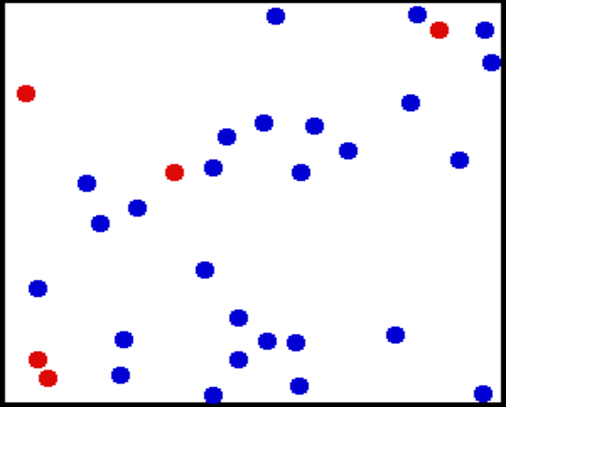McKnuckle
Well-Known Member
Linked below is a pretty revealing scientific article which discusses the erroneous perception that CO2 sinks. Worth at least a partial read for those so inclined. Bottom line is that CO2 does not sink, but the variables related to gas mixing and stratification are complex - moreso than anyone typically addresses here on the forum. Very interesting.
THE LEGEND OF CARBON DIOXIDE HEAVINESS
https://caves.org/pub/journal/PDF/v71/cave-71-01-100.pdf
THE LEGEND OF CARBON DIOXIDE HEAVINESS
https://caves.org/pub/journal/PDF/v71/cave-71-01-100.pdf



















![Craft A Brew - Safale BE-256 Yeast - Fermentis - Belgian Ale Dry Yeast - For Belgian & Strong Ales - Ingredients for Home Brewing - Beer Making Supplies - [3 Pack]](https://m.media-amazon.com/images/I/51bcKEwQmWL._SL500_.jpg)







































